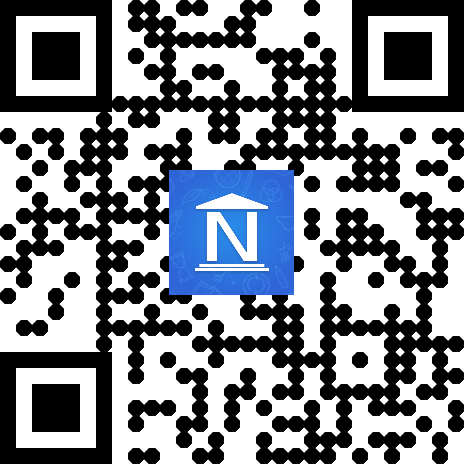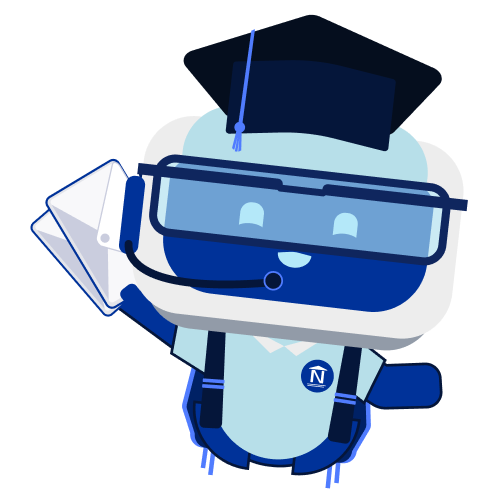If technical advances are to live up to their potential and actually benefit people, then highly complex technical content must be made comprehensible and viable with target group-appropriate communication.
The quality of human-technology interaction and communication when it comes to technical products and technological innovations will, in the future, be one of the most important benchmarks with regard to measuring the quality of technical advances. That which is not geared towards users and is not understood by them won't be bought, supported, or accepted, and it won't receive political representation. In short: Whatever is not user-friendly will not be used!
This fact is immediately understood when considering those technical developments whose advantages are not entirely obvious at first glance or are perceived as risky. For instance, the German energy transition plan is certainly viable from a technical point of view, but only specific target group-appropriate communication can lead to its general acceptance and to the political will to make it happen. Knowing all about and fully understanding how technology is perceived, communicated, and accepted by different target groups in all their diversity is thus becoming a decisive factor in our society.
This crucial junction, where technology and people come together, is the workplace of professionals with technical and communication science know-how. Since problems with technology-related interaction and communication can only be solved in interdisciplinary dialog, these specialists have to be well-versed in both worlds of thought – humanistic and technical/scientific – to be able to act confidently. They use their knowledge and skills to better understand human-technology interaction in all its facets and to prepare technical content for different target groups, media, and tasks in a user-friendly way.
Unique throughout Germany, RWTH's Human-Technology Interaction and Communication course of study offers students an interdisciplinary degree program that delivers an excellent education by combining the humanities on the one hand with engineering aspects on the other. The structure and orientation of this course of study is based on giving the two subjects – Communication Sciences and Technical Science – equal weight, the latter being subdivided into two different disciplines:
- Fundamentals of Computer Science: The subject Fundamentals of Computer Sciences provides students with the skills to analyze, design, and implement information processing systems.
- Fundamentals of Mechanical Engineering: As a classical form of engineering, Fundamentals of Mechanical Engineering focuses on the development, production, and operation of technical facilities and products on the basis of physical fundamentals.












